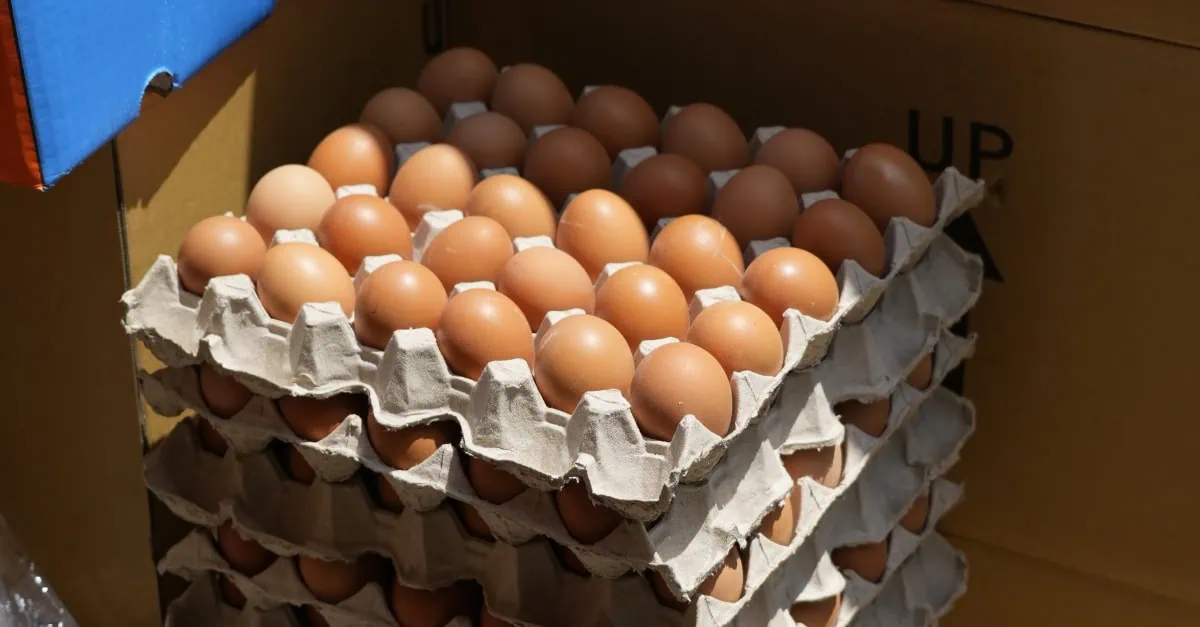European industrial egg users face uncertainty as the EU weighs a significant expansion of Ukrainian import quotas while regulatory scrutiny over food safety standards intensifies.
The European Union is considering expanding Ukrainian egg import quotas by up to 300%, a move that could fundamentally reshape supply dynamics and contract negotiations for 2025. However, recent detections of antibiotic residues in Ukrainian shipments have intensified regulatory scrutiny, raising questions about whether rising import volumes might face new restrictions despite the proposed quota expansion.
Import volumes and prices increase
Ukrainian egg exports have risen not only in volume but also in value, reaching a more than 200% price increase year-over-year. While still the cheaper alternative, Ukrainian eggs are seeing an increase, driven by seasonal factors, rising feed costs, and a decrease in supply from poultry farms.
Shell egg prices remain elevated compared to previous years. While retail prices throughout Europe rely primarily on domestic products, industrial users have increasingly turned to Ukrainian supply.
Food safety and compliance concerns
Ukrainian egg imports have emerged as both an opportunity and a compliance challenge, with mounting concerns in the UK and France about food safety standards and competitive impacts on domestic producers. Recent detections of antibiotic residues in Ukrainian shipments have intensified regulatory scrutiny.
Procurement implications
The proposed quota expansion could provide substantial price relief for industrial users. However, mounting food safety concerns and domestic producer pressure may limit actual import growth regardless of quota availability.
Industrial egg users should monitor both the EU’s decision on quota expansion and any regulatory developments around import standards as they plan their 2025 sourcing strategies.
This article is part of a more comprehensive egg market analysis. For the full analysis, got to: https://app.vespertool.com/market-analysis/2364
